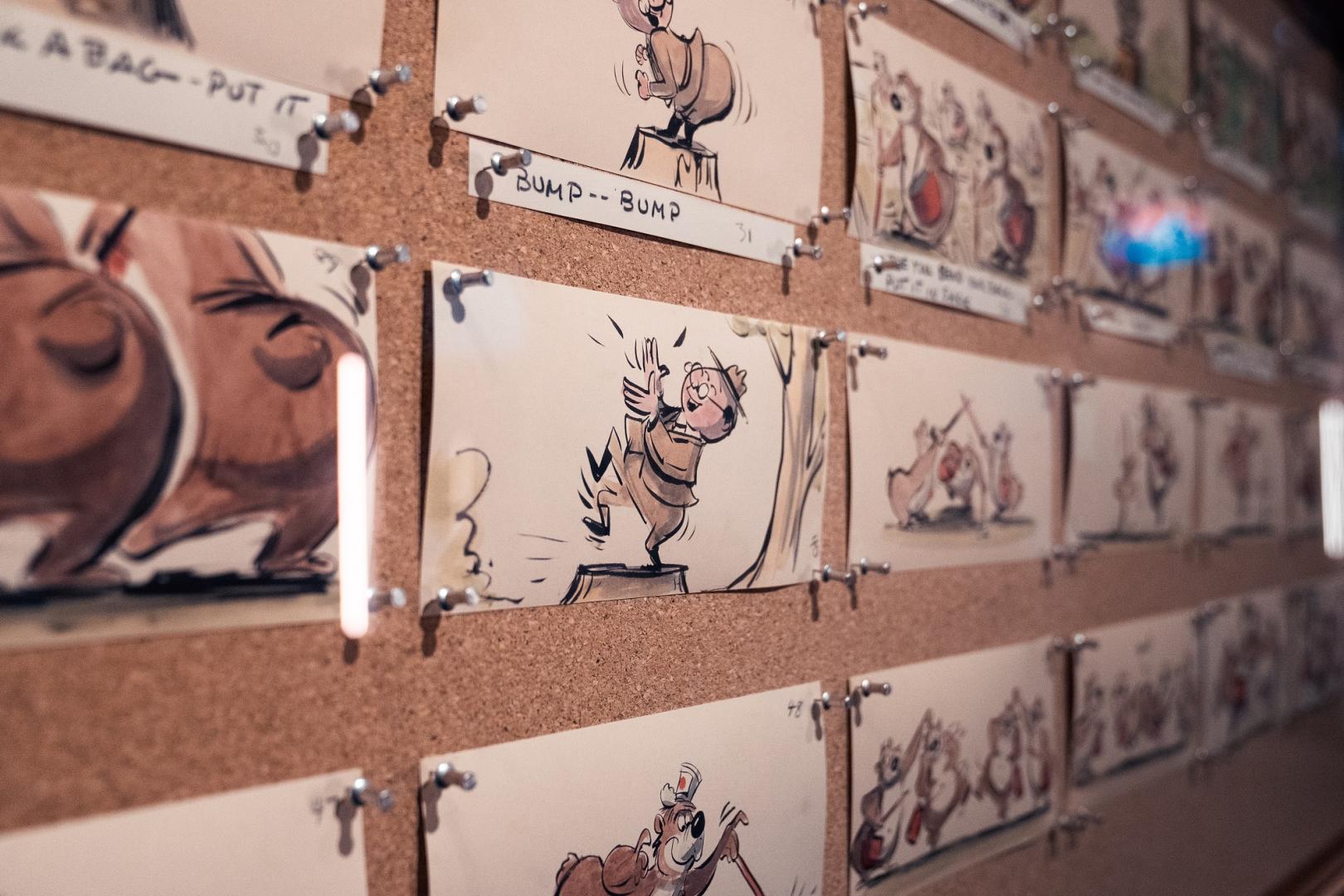
Date:
Depicting Motion Through Images
From the earliest cave paintings, humans have tried to depict motion through images. With animation, we have figured out how to do that. Animation works using an optical illusion, a way of tricking the brain into thinking it is seeing continuous motion from what are actually still images. One of the earliest forms of animation was the phenakistoscope, a 19th-century toy, which consisted of a cardboard disc with images on it that, when spun, appeared to move. The zoetrope, which came later in the 19th century, followed the same idea, but had the images on the inside of a cylinder that spun.
Other early innovations in animation came from the work of photographer Eadweard Muybridge. In the 1870s, Muybridge photographed a racehorse using multiple cameras, showing the horse in various stages of motion. After this, he did many stop-motion photographs of both humans and animals, bridging the gap between still photography and the animated films that would come at the beginning of the 20th century. He also invented the zoopraxiscope, a predecessor of the movie projector.
Animation in Movies
Earlier filmmakers experimented with animation, but 1917’s El Apóstol is widely considered the first animated feature film. A political satire from Argentina, the film is now lost. Decades later, Walt Disney’s innovations would change animation forever. In 1937, Snow White and the Seven Dwarfs was the first animated feature with color and sound. The Walt Disney Company also developed multiplane cameras, which changed the look and feel of animated movies. By splitting images into fore, middle, and background, multiplane cameras brought depth to images and also allowed for tracking shots, where the background could move along with the characters.
From Drawing to Digital
The Walt Disney Company teamed up with Pixar Animation Studios for Toy Story, the first digitally animated feature film. Premiering in 1995, Toy Story’s team used multiple types of software to bring the story to life. Though it was expensive and time-consuming, digital animation allowed animators to achieve realistic visual effects and details that could not be done by hand. Toy Story was nominated for multiple Oscars®, and led the way for many digitally animated films to come.
From 19th-century toys to Frozen, the magic of animation has been delighting audiences for more than a century. Combining both art and science, it creates true magic.


